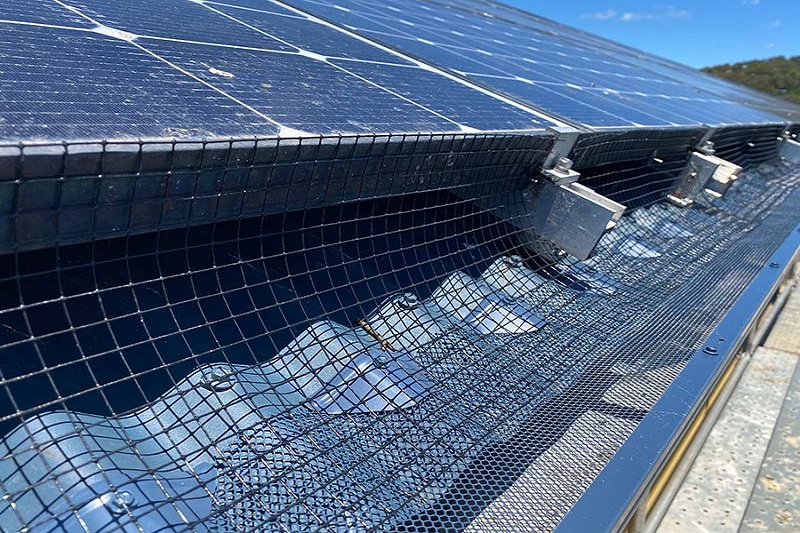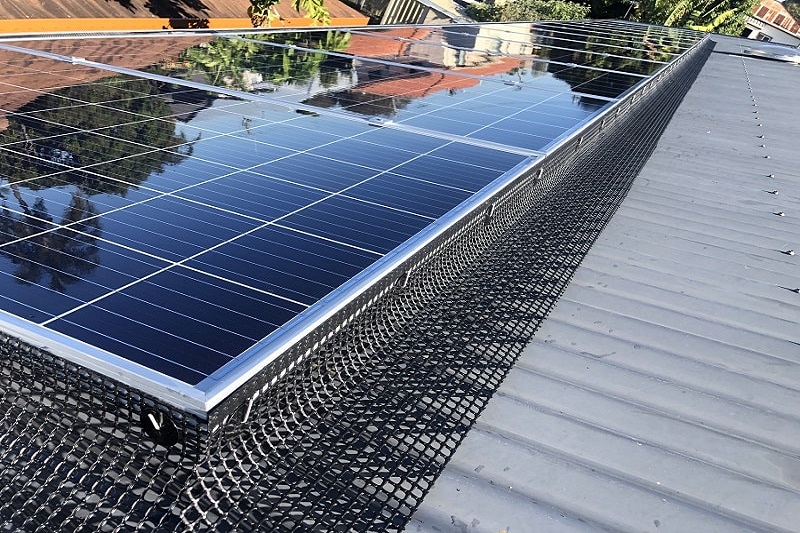 |
| Criminal Lawyer |
Have you ever found yourself in a situation requiring legal expertise? Have you ever wondered how a criminal lawyer could aid in managing and protecting your rights? Understanding the legal realm can be a dizzying endeavor without the appropriate guidance. Thus, the purpose of this blog post is to delve into the intricacies of criminal law, addressing the pivotal role that a criminal lawyer plays to safeguard your rights. Let's embolden you with the rightful knowledge, should you ever require legal counsel.
Criminal law, like most legal fields, is complex and challenging to navigate. For this reason, it's always prudent to rely on the expertise of a seasoned criminal lawyer dedicated to representing you in a court of law. They are the critical link between maintaining your freedoms and potentially losing them.
Today, we will help you understand the significance of criminal defense lawyers, their key functions, and the monumental role they play in ensuring justice. We aim to elucidate the many ways they manage and guard your most precious rights.
Why is a Criminal Lawyer Essential?
In the realm of law, your defense attorney is your most robust advocate and protector. The justice system can seem convoluted - fraught with legal jargon, rules, procedures, a plethora of forms, and strict deadlines. A competent criminal defense attorney can guide you through this labyrinth, bringing a wealth of experiential knowledge to your case. Consequently, they can help protect your rights and build a strong defense against the prosecution's allegations.
The legal stakes are remarkably high in criminal matters, and the potential outcomes can be life-altering. More often than not, a well-represented defendant stands a far better chance of a favorable outcome. A seasoned criminal lawyer can negotiate with prosecutors, strategize on your behalf, and argue expertly in court - all while ensuring your rights remain inviolate.
Thus, the crux of why a criminal lawyer is crucial lies in their ability to navigate the legal system. Their guidance can be instrumental in avoiding common missteps that could jeopardize your case, ensuring a fair, balanced, and just representation.
H2: What Roles Does a Criminal Lawyer Play?
A criminal lawyer wears many hats during legal proceedings. Broadly, their duties include providing advice, preparing the case, representing you in court, and negotiating plea bargains or sentences. Every interaction with your lawyer is an opportunity to strategize your defense and gain a deeper understanding of the potential outcomes.
Extensive research and investigation form instrumental pillars of a criminal lawyer's job. They demand evidence, interview witnesses, solicit expert testimonies, and examine every details of the case. Preparation begets success in courtrooms and a well-researched case can level the playing field significantly.
Arguing before the court forms an essential part of a criminal lawyer's role. They articulate your defense, object to the prosecution’s tactics, question and cross-examine witnesses ─ all while asserting your rights. They guide the narrative of your case, ensuring it remains within the bounds of law and justice.
When do You Need a Criminal Lawyer?
Time is of the essence in legal matters, and the need for a criminal lawyer could arise at any time. It’s advised to retain a lawyer as soon as you suspect legal repercussions. Early representation can ensure your rights are protected from the very beginning, covering everything from police questioning to court hearings.
Be it a minor infraction, a misdemeanor, or a significant felony, a good criminal lawyer can be invaluable. The need may arise at a police station, during a criminal investigation, prosecution, or any instance where your freedom is at stake.
Remember, every citizen has a right to a fair trial and legal representation. Delaying to secure a lawyer can make you vulnerable and could impact the outcome of your case drastically.
Pros and Cons of Hiring a Criminal Lawyer
Pro: Expertise in Criminal Law - A lawyer’s experience, ground understanding, and critical thinking can greatly affect your case’s trajectory. They can identify loopholes or discrepancies that can turn the case in your favor.
Pro: Reduced Stress - Legal battles are stressing. Having a lawyer by your side ensures someone knowledgeable is handling your case. You can focus on other aspects of your life, knowing your rights are fiercely guarded.
Con: Financial Considerations - Hiring a criminal lawyer, particularly well-reputed ones, can strain your financial resources significantly. Nevertheless, in the grand scheme of things, the investment is often worthwhile, considering the stakes involved.
Who Can be a Criminal Lawyer?
A criminal lawyer is a legal expert specializing in criminal law. They should possess a law degree, be admitted to a state bar association and should preferably have experience handling similar cases. Most importantly, they must respect and excel in the advocacy for their client's rights and the pursuit of justice.
Conclusion:
Understanding the role of a criminal lawyer is foundational in ensuring your rights are guarded and represented accurately in the unforgiving tangle of the legal system. Their experience, knowledge, and commitment form the backbone of your defense.
An accomplished criminal lawyer has the wherewithal to handle the pressures of the courtroom, the insight to prepare and research meticulously, and the empathy to understand and represent your narrative. Although the cost factor could seem daunting, their instrumental role in managing and protecting your rights validates the financial investment.
Never underestimate the power of a well-versed criminal lawyer. After all, they carry the torch of justice in their hands, illuminating the path for your defense and guiding you every step of the way towards safeguarding your rights.

















